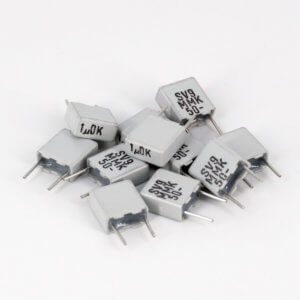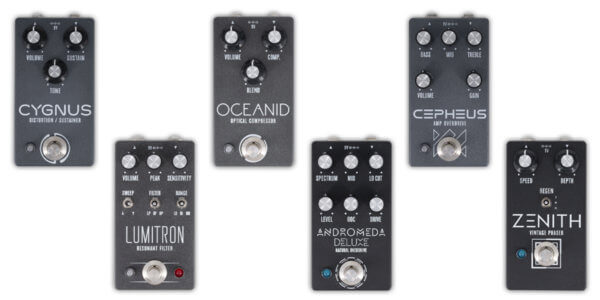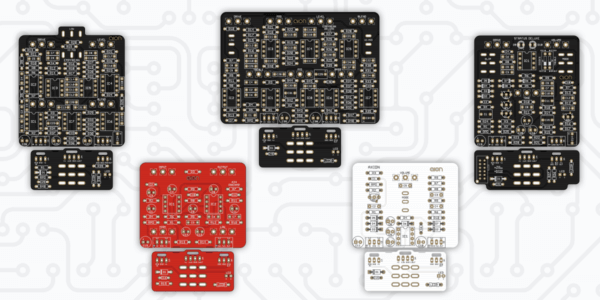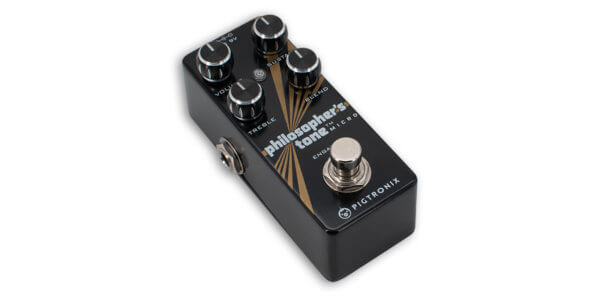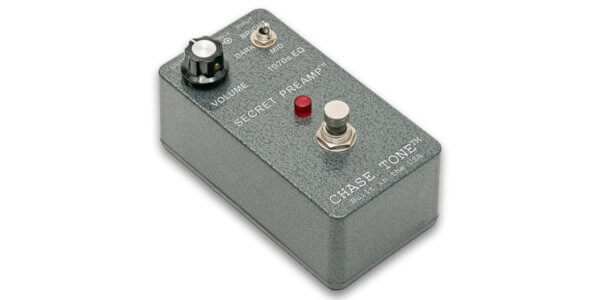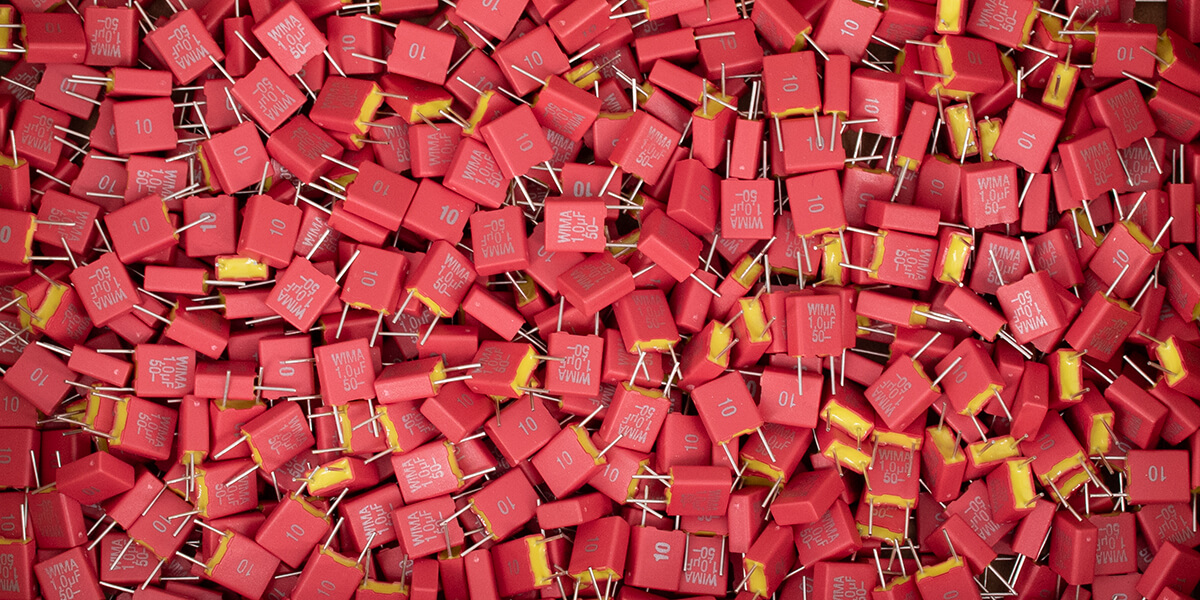
WIMA 1μF film capacitors temporarily discontinued
Earlier this year, WIMA made a surprise announcement regarding their low-voltage MKS2 film capacitors. On February 27, they sent a letter to their distributors saying that their PET film supplier was discontinuing production of a thin film used in their low-voltage capacitors, so WIMA would be obsoleting these capacitors until they could find another supplier.
Notably, this impacted the 1μF/50V (3.5mm width) and the 2.2μF/50V (5mm width) capacitors that we use in many of our projects, as well as 1.5μF, 3.3μF and 4.7μF that are used in a few others.
The last-buy date was set for March 12, two weeks later. For perspective, when a part is discontinued, manufacturers typically provide at least 12 months’ notice. Two weeks is unheard of, so WIMA was clearly blindsided by this as well.
According to the letter, they are actively working to find a new supplier, so it doesn’t seem that these capacitors will be permanently discontinued:
Intensive discussions are already underway with potential film suppliers to replace the obsolete PET film thicknesses, but a short-term solution cannot be expected. Due to the uncertain supply situation, we strongly recommend that our customers order the required quantities for the next 1 to 2 years.
But 1 to 2 years is a long timeframe, especially when it’s still just a guess with no definitive roadmap.
We aren’t a distributor, so we didn’t find out about this until sometime in April, long after the order window had closed. But it’s not ideal, to say the least: out of the 213 projects we have at present, 139 of them were designed around capacitors affected by this announcement. In many cases the layouts do not allow for larger 5mm-width capacitors to be used. WIMA was the only brand making capacitors in this form factor, so it’s not just a matter of swapping them out for an equivalent.
Fortunately, Mouser and other suppliers still had many thousands of them in stock at the time, so we were able to punt the problem for the summer while working on a solution behind the scenes.
Well, Mouser’s supply finally dried up in early November. So here’s what we’re doing:
1. Stocking 3.5mm capacitors
We secured a supply of around 2,000 of a Kemet equivalent, and they are available for sale here on the site. These are also a discontinued type, and ours are old-stock from 2007. We’ve set a limit of 20 per order since we want to keep them available to DIYers in small quantities for as long as we can.
2. Waiting for substitutes
Surprisingly, it appears that Kemet agreed to bring this exact capacitor back into production for Mouser during the WIMA shortage, and the first batch will be arriving on January 8, 2026. We don’t know yet if this will be permanent stock, but hopefully Kemet will continue to produce them on an as-needed basis until WIMA has their supply situation sorted out. They are also supplying equivalent 2.2uF/50V capacitors (5mm width) and others where WIMA was the only option.
3. Determining the best substitute for all current projects
Updating 139 build docs is not something that can be done in a summer, so we created a spreadsheet as a temporary measure until we have more info as to whether this is a permanent change or not. For each of the affected projects, it lists the specific capacitors and the suggested solution for each.
The solutions are typically one of these four:
- Use 5mm width with no other changes. This is possible for around 40 of the projects where there’s enough space between the surrounding components in each of the positions.
- Use 5mm width on the underside of the PCB. This is possible for another ~30 of the projects. It only works when there is not a potentiometer directly underneath, so it’s not typically doable when the layout has 4+ knobs.
- Use a polarized electrolytic. The 1μF capacitors usually don’t have the polarity marked on the PCB, so in the spreadsheet we note which leg is positive for each of the positions. In some cases, the circuit requires the capacitor to be bipolar, so we recommend a bipolar electrolytic in these cases.
- Use an MLCC (ceramic) capacitor. 1μF MLCCs are cheap and readily available, and 50V types will fit the film outline with no trouble. This is particularly recommended when the capacitor is outside the signal path, e.g. as part of an R-C filter to ground.
Very few of the original pedals actually used film capacitors for 1μF and up due to the fact that they were prohibitively large from the 1970s through the 1990s and just expensive after that. Most through-hole pedals used electrolytics for large values, and most SMD pedals used MLCC or tantalum. We routinely updated these to film as part of our adaptations because film has significantly better audio properties, tolerance, and long-term stability compared to other types.
But, this also means that reverting to electrolytic or MLCC is no worse than the original pedal in most cases. So if the ideal capacitors aren’t available, or are more expensive than you’d like, it’s fine.
4. Revising PCBs to make space for 5mm capacitors
As part of creating the document in #2, we revised 89 of our projects over the summer to make space for 5mm capacitors in the 1μF positions. We also added polarity marks to all 1μF film capacitor outlines so that electrolytics could be used instead. (We had already been including polarity marks on all 2.2μF–4.7μF capacitors.)
For several of our more complex PCBs such as the Amethyst, Elysium and Straylight, the layout was so compact that it was not possible to add any extra space, so we only added the polarity marks. These are circuits that simply couldn’t exist in the current form-factor without this type of capacitor.
This will also be the design standard going forward for new projects wherever possible, although we may still use 3.5mm for tight layouts.
This will be great news for people who want to use cheaper capacitors from other brands, such as the types available from Tayda Electronics. The downside with this is that we put in a pretty substantial PCB restock order back in March to get ahead of the tariffs, and these PCB revisions won’t be in effect until the existing stock is sold out. All of our most popular projects will likely be restocked at some point in the next year, but for some of the more obscure circuits, it could take years before these revisions are live, so this is more of a long-term solution than anything.
What about the kits?
Once we found out about the upcoming shortage, we immediately ordered enough capacitors to last us around two years. As of now, we should be in good shape for long time, particularly if Kemet is able to continue producing theirs on a special-order basis. But if the 3.5mm caps do go away permanently, we’ll revise the kits on an case-by-case basis.
